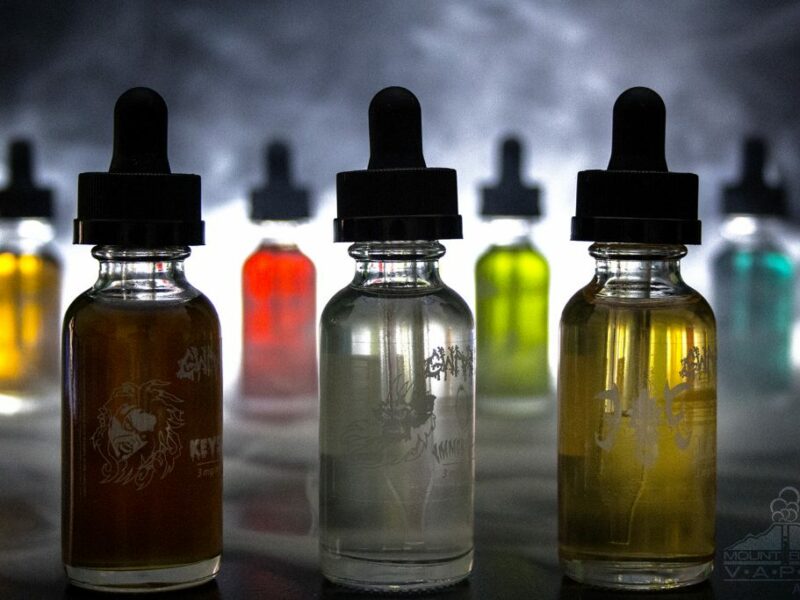Introduction
Conjunctivitis, commonly known as pink eye, is a condition characterized by inflammation of the conjunctiva, the clear membrane that covers the white part of the eye and lines the inner eyelids. This condition can be caused by various factors, including infections, allergies, or irritants. While traditional treatments for conjunctivitis often involve antibiotics or anti-inflammatory medications, some individuals are exploring alternative remedies such as cannabidiol (CBD). In this comprehensive guide, we will delve into the potential benefits of using CBD for treating conjunctivitis, its mechanisms of action, safety considerations, and practical tips for incorporating CBD into your eye care routine.
Understanding Conjunctivitis
Before exploring the potential benefits of CBD for treating conjunctivitis, it’s crucial to have a clear understanding of the condition itself.
What is Conjunctivitis
Conjunctivitis is an eye condition characterized by redness, irritation, and inflammation of the conjunctiva. It can be caused by various factors, including viruses, bacteria, allergens, and irritants. The symptoms of conjunctivitis can range from mild discomfort to severe redness, swelling, and discharge from the eye.
Types of Conjunctivitis
There are several types of conjunctivitis, including viral, bacterial, allergic, and irritant-induced. The treatment approach can vary depending on the underlying cause.
Conventional Treatments
Traditional treatments for conjunctivitis may involve antibiotics for bacterial infections, antihistamines for allergies, and artificial tears for relief of symptoms. These treatments primarily focus on alleviating symptoms and addressing the underlying cause.
CBD and Its Potential for Conjunctivitis
Now, let’s explore the potential benefits of using CBD for the management of conjunctivitis.
Anti-Inflammatory Properties of CBD
CBD, or cannabidiol, is a non-psychoactive compound found in the cannabis plant. One of its well-documented properties is its anti-inflammatory effect. Inflammation is a central component of conjunctivitis, making CBD a potentially valuable candidate for symptom relief.
Interaction with Endocannabinoid System
(ECS) CBD interacts with the body’s endocannabinoid system (ECS), a complex regulatory system involved in various physiological processes, including immune response and inflammation. By influencing the ECS, CBD may help regulate the inflammatory response in the eye.
Potential Reduction of Pain and Discomfort
CBD is known for its analgesic properties, which could help alleviate the pain and discomfort associated with conjunctivitis. It may also assist in reducing itching and redness.
Anti-Microbial Properties
Research suggests that CBD may have some antimicrobial properties, which could be beneficial for treating bacterial conjunctivitis by potentially inhibiting the growth of bacteria on the eye’s surface.
Using CBD for Conjunctivitis
If you are considering using CBD for conjunctivitis, it’s essential to proceed with caution and follow these guidelines:
Consult a Healthcare Professional
Before using CBD to treat conjunctivitis, consult with an eye care specialist or healthcare professional. They can provide guidance on the best course of treatment and determine the underlying cause of the condition.
Types of CBD Products
CBD can be found in various forms, including tinctures, topical creams, and eye drops. While there are no specific CBD products designed for treating conjunctivitis, you can explore CBD eye drops or consult a healthcare professional for recommendations.
Dosage Considerations
Determining the appropriate CBD dosage for conjunctivitis can be challenging. Dosage depends on factors such as the severity of the condition, individual response, and the specific CBD product used. Always start with a lower dose and gradually increase it as needed. Remember that CBD eye drops may require different dosing compared to oral or topical CBD products.
Safety Considerations
Safety should be a top priority when using CBD for conjunctivitis:
- Choose high-quality CBD products from reputable manufacturers.
- Ensure that the product has been lab-tested and contains no contaminants.
- Be aware of any potential side effects, such as dry eyes or changes in vision, and discontinue use if they occur.
- If you experience severe or worsening symptoms, seek immediate medical attention.
Potential Benefits
When using CBD for conjunctivitis, monitor your symptoms and document any changes. Look for improvements in redness, swelling, discomfort, and discharge. Be patient, as CBD may take time to show its effects.
Precautions and Legal Considerations
While CBD holds promise as a potential treatment for conjunctivitis, there are some important precautions and legal considerations to keep in mind.
Legal Status of CBD
The legal status of CBD varies by country and region. In some places, CBD is fully legal, while in others, there may be restrictions or regulations in place. Always research and ensure you are in compliance with local laws and regulations when using CBD.
Possible Side Effects
While CBD is generally well-tolerated, some individuals may experience side effects such as dry eyes, changes in vision, or eye irritation. Be vigilant and discontinue use if adverse effects occur.
Allergies and Sensitivities
Consider potential allergies or sensitivities when using CBD eye drops or products. If you have a known sensitivity to cannabis or CBD, exercise caution and consider alternative treatments.
Conclusion
Conjunctivitis can be a painful and uncomfortable condition, but the potential benefits of CBD in managing its symptoms are promising. CBD’s anti-inflammatory, analgesic, and antimicrobial properties make it a compelling option for those seeking alternative treatments. However, it’s crucial to approach the use of CBD for conjunctivitis with care, consult healthcare professionals, and adhere to safety guidelines.
As research on the potential benefits of CBD continues to evolve, it’s essential to stay informed about the latest findings and consult with healthcare professionals for personalized advice. Whether you choose to explore CBD for conjunctivitis or opt for traditional treatments, prioritize your eye health and well-being. Always remember that individual responses to CBD may vary, and it is not a one-size-fits-all solution. Ultimately, the goal is to find the most effective and safe approach to alleviate the discomfort associated with conjunctivitis and promote eye health.
- The 10 Best Types of Alcohol for People with Diabetes - June 11, 2024
- Comprehensive Guide on How CBD Can Treat Conjunctivitis - October 26, 2023
- The Comprehensive Guide to the Benefits of Vitamin A - October 26, 2023




